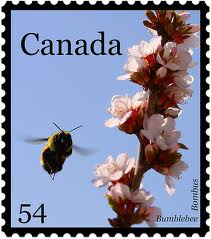We quantified the relative value of native and long-established plant species as forage (nectar and pollen) resources for bumblebees by collating visitation data from 14 field sites across Britain. Twentieth Century changes in range and frequency of these forage plants were assessed using data from the New Atlas of the British and Irish Flora (1930–1969 to 1987–1999) and the Countryside Surveys of Britain (1978–1998). Forage plants declined in both large-scale range and local-scale frequency between the two survey periods. These changes were of greater magnitude than changes in other native plant species, reflecting serious reductions in quality of foraging habitats for bees as well as a general decline in insect-pollinated plants. Seventy-six percent of forage plants declined in frequency within 1-km squares, including those (e.g. Trifolium pratense) of particular value for threatened bumblebee species.
Source:
Claire Carvell, David B. Roy, Simon M. Smart, Richard F. Pywell, Chris D. Preston, Dave Goulson (2006) Biological Conservation 132: 481-489
http://www.sciencedirect.com/science/article/pii/S0006320706002023

- Log in to post comments
